“I never went to the gym to workout. I went to the gym to learn and the workout was a byproduct.”—Dr. Ed Thomas
In my work with Dr. Thomas, Doctor of Physical Education and Physical Culture historian and expert, I have gained an appreciation for many “old school” principles and techniques. Perhaps the most powerful of these is his mindset on skill development. Approaching training as a learning opportunity is a massive shift from the idea of working out. And it is in line with what Pavel has been advocating for years—“Treat your training as a practice not a workout.”
However, there can be issues with the “learning not working out” approach. Specifically, the two classic mental traps of “paralysis by analysis” and “It’s not good enough.” So let’s dive into an old school approach to building skill while being real.
Understanding the 3 Pillars
Dr. Thomas refers to the Three Pillars of Progression, Variety, and Precision. You can filter learning almost any skill through the Three Pillars:
1. Progression
Progression is the journey and steps toward mastering a skill. It can be thought of as a “learning ramp.” This ramp can be gradual and long or steep and short. It can have plateaus and even dips or regressions, but as long as we have a goal targeted, we should be able to plot where a student is on their own individual ramp.
Be mindful not to shove a student up the ramp before they are ready and, conversely, do not hold a student back. As long as a student has the prerequisite movement capabilities to perform the skill and is safe in performing the movement, then let them safely perform the skill.
2. Variety
Variety includes the tools used along the progression ramp to assist a student in overcoming a learning hurdle or refining an aspect of the skill to assist them in reaching the next step in the progression journey. In StrongFirst, we call this “specialized variety”—drills used to enhance the goal skill. For example, we may have a student struggling with the one-arm swing perform the hand-to-hand swing to enhance shoulder packing and positioning. Or we may return to the deadlift to allow a student to transfer the hip hinge of the deadlift to the swing. Or we could use the shoulder positioning of the get-up to allow a student to overcome the learning hurdle of packing the shoulder in the one-arm swing.
Variety is not a random collection of things meant to entertain and it is not the periodization of skills to keep physical progress moving forward. Variety can include cues and drills used to assist in the progression of learning a skill.
3. Precision
Precision is perhaps the most lost and most misunderstood of the Three Pillars. Precision means asking for specific details and aspects of the skill to be met. It is a dancer being asked to point her toes more. It is a martial artist being asked to sink one inch deeper into a stance. It is an athlete being asked to turn his shoulder just one degree further toward the target.
Precision is a blessing and a curse, and it is where the other issue of learning a skill, “paralysis by analysis,” can kick in. Pavel referred to it as “understanding is a delaying tactic.” Consider that a drowning person does not want to understand hydro-dynamics. He just wants to swim well enough to not drown. Golfers can get lost in trying to “feel” where the club face is during one aspect of the swing or in their breathing during the swing. Great golfers and athletes find the precision over time with a realistic expectation of becoming better with every practice. Accepting where they are now, but knowing where they are going in their skill development.
We cannot stop at “good enough,” but we cannot become frozen in place because something isn’t precise enough. As a coach and trainer, I will never stop asking for precision, but I accept where the student is on their progression ramp and choose the right variety to assist them in achieving the precision needed to reach the next step in their journey.
Into Action
Progression toward a skill using variety to overcome obstacles while holding an expectation of realistic precision. As an instructor, this mindset should allow you to better plot a student’s course of learning. However, it all depends on the individual you are teaching. There will be students that progress from deadlift to swing in the first five to ten minutes of a session, and there will be students that will refine the deadlift for a week before progressing to the swing.
Why? A great question! It could be a movement-related issue that prevents the student from achieving the correct position (although setting a movement baseline with the FMS would tell you that). It could be a strength issue where the movement is available but controlling that movement is difficult. So how do you know to move on from something like the kettlebell deadlift to the kettlebell swing?
Well, the kettlebell deadlift is a skill that can be plotted on a progression ramp like this:
- Proper position at the bottom before the kettlebell is lifted. A proper hip hinge that includes having the shoulders above hips, and hips above knees with a neutral spine.
- Knowing how to brace and power breathe.
- Pushing through the ground to a great lockout, which means a straight line from the ear to the ankle with a strong stable body (and no back extension).
- Reversing those steps to safely place the kettlebell on the floor again.
The lockout and the bottom position of the deadlift are static, so they are perfect for isometric drills and positioning work at each end of the movement. If the student cannot reach the bottom position with good form, then a variety drill of performing an isometric at the perfect bottom position for three to five seconds then releasing the kettlebell and returning to the top unloaded might help the student progress to a full deadlift in only a few reps. In doing this, you are asking the student to practice the precision of the bottom of the hip hinge position with a variety drill that progresses them toward refining the skill of the kettlebell deadlift.
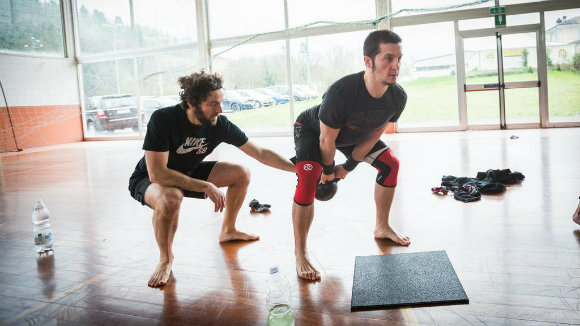 The 3 Pillars Are for Practitioners and Teachers Alike
The 3 Pillars Are for Practitioners and Teachers Alike
If you are an individual practitioner and not an SFG, the Three Pillars can still assist you in refining and perfecting your skills while being real. Use video to film yourself and compare it to a body relative example (a person with similar body structure as yourself) of someone with high skill in that area. Plot where you are on a progression ramp and find a variety drill to assist you in one area of the skill you would like to improve. Apply the drill, and then go back to the goal skill to see how it impacts that. If the drill assists you in moving through an obstacle on your progression ramp, then use it until that obstacle is overcome. If it does not improve the goal skill, then move along to another variety drill until you find one that works.
The reality is we are all learning and improving with every rep (at least, that is my goal), and thus we will perform a lot of “less than perfect” reps in that process. Enjoy the process and use the Three Pillars to assist you in that journey.
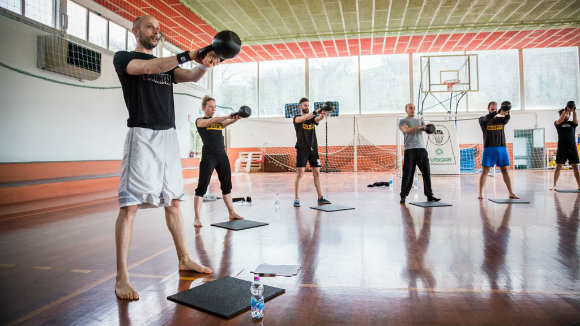
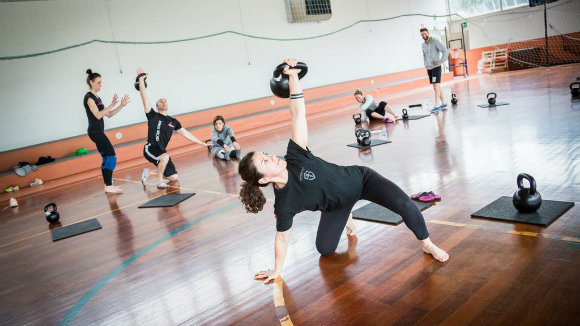
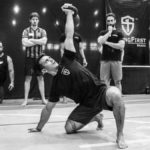
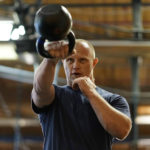
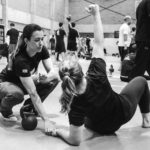





Great wisdom! Be attentive.